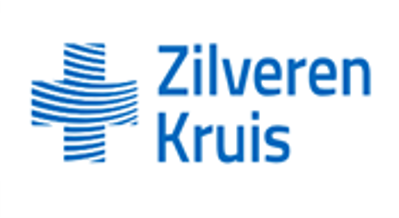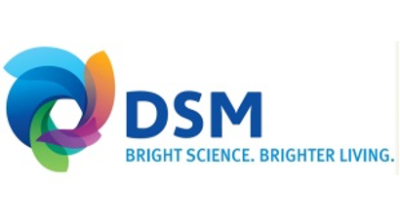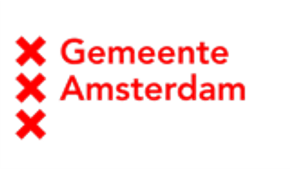Innovation in workplace well-being (phase 2)
A breakthrough is needed in the reduction of chronic stress-related diseases. In this research program “Innovation in Workplace Well-being”, TNO, together with Deloitte and Zilveren Kruis, studied the workplace wellbeing as the outcome of a complex system.
In the present study (phase 2), this project translated the individual workplace well-being Causal Loop Diagram into a prototype of a quantitative system dynamics model for simulating workplace well-being scenarios. The aim of this approach is to provide new insights for subgroups that can be used to design effective and more personalised workplace well-being interventions. To determine the strength or speed of the interactions between the factors in the CLD over time, the project tested the hypothesised relations between the factors in the CLD and their expected strength and speed based upon literature and expert experience against real-world longitudinal data. Survey data were collected every 4 weeks over a period of three months from 120 employees working at three different institutes in the Netherlands. Based on this data, wthis project was able to accurately quantify the model predicting the direction of the relative change of an individual over the observed period for most of the model variables by approximately 80%. The final model was used to build a prototype well-being dashboard with multiple purposes, such as standardised data collection of employee and employer, multilevel feedback based upon the model, and behavioral change support. By collecting more data, the dashboard is able to provide scenario simulations that ex-ante will simulate the possible effects of interventions for specific subgroups in different sectors. Ultimately, the model and simulations will be iteratively improved and used to design effective workplace well-being interventions (phase 3).





